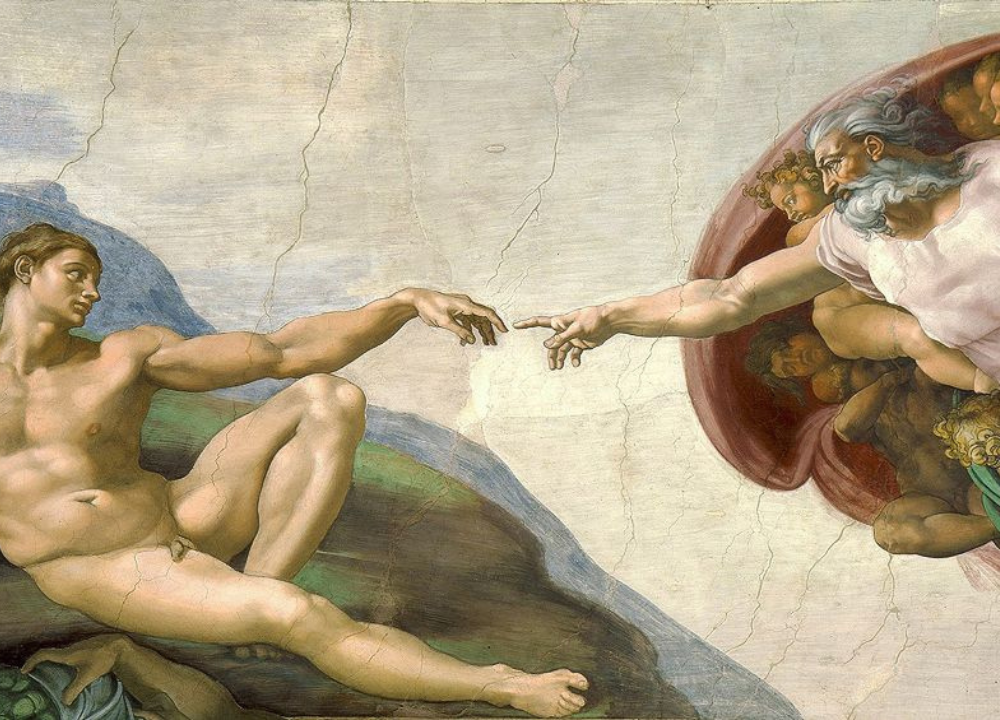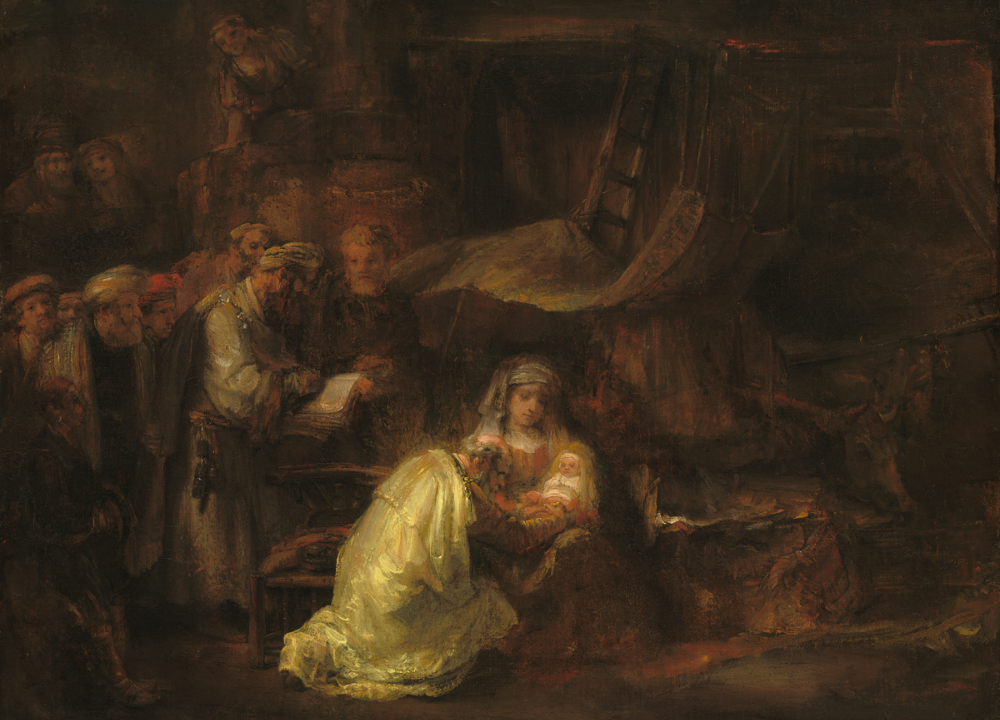Edgar Allan Poe’s “The Raven” stands out as his most famous poem. Its haunting themes and rhythmic beauty captivate readers around the world.
This poem, published in 1845, explores deep emotions like loss and longing. Poe’s use of dark imagery and musical language draws readers into a world of sorrow and madness. The story follows a man who encounters a mysterious raven, symbolizing grief and despair.
Its memorable refrain, “Nevermore,” echoes through the stanzas, leaving a lasting impression. Many readers wonder why “The Raven” remains so influential. Understanding its themes, style, and impact reveals why it holds a special place in literature. Let’s dive into what makes “The Raven” a timeless classic and a hallmark of Poe’s genius.
Cultural Impact
“The Raven” by Edgar Allan Poe is not just a poem. It is a cultural milestone that has shaped literature and art. Its themes of loss, despair, and the supernatural resonate deeply with readers. The poem’s haunting rhythm and vivid imagery invite endless interpretation. This cultural impact makes “The Raven” Poe’s most famous work.
Influence On Literature
Poe’s “The Raven” has influenced countless writers and poets. Its unique style and themes have inspired both horror and romantic literature. Many authors reference or draw inspiration from this iconic poem. Here are some key influences:
- Dark Romanticism: Poe helped shape this literary movement.
- Symbolism: The use of symbols in “The Raven” is significant.
- Psychological Depth: The poem explores the human mind’s darkness.
Many modern poets cite “The Raven” as a major influence. Its themes of grief and loss resonate in contemporary poetry. The poem also paved the way for gothic literature. Below is a table showing some notable authors influenced by Poe:
| Author | Notable Work | Connection to “The Raven” |
|---|---|---|
| W. H. Auden | The Sea and the Mirror | Explores similar themes of loss. |
| Stephen King | The Dark Tower | Utilizes psychological horror. |
| Anne Rice | The Vampire Chronicles | Incorporates gothic elements. |
Adaptations In Media
“The Raven” has inspired many adaptations across various media. Its powerful imagery and themes lend themselves well to visual storytelling. Numerous films, music, and stage productions echo its haunting essence. Here are some notable adaptations:
- Films: “The Raven” (1963) starring Vincent Price.
- Television: Episodes of series like “The Simpsons” and “The Twilight Zone” feature references.
- Music: Bands like The Alan Parsons Project have created songs inspired by the poem.
Many adaptations take creative liberties. Some stay true to Poe’s original themes, while others reinterpret them. Here is a list of different mediums where “The Raven” has appeared:
- Film
- Theatre
- Music
- Graphic Novels
This wide range of adaptations shows the poem’s lasting influence. “The Raven” continues to inspire artists and creators today.
Themes Of The Raven
Edgar Allan Poe’s “The Raven” stands out as a cornerstone of American literature. Its rich themes resonate deeply with readers. The poem explores complex emotions, making it both haunting and memorable. Two major themes shine through: grief and loss, and madness and despair. Understanding these themes helps to unlock the depth of Poe’s work.
Grief And Loss
The theme of grief is central to “The Raven.” The narrator mourns the loss of his beloved Lenore. This sense of loss drives the poem’s emotional weight. Readers can feel the narrator’s pain and longing. Poe uses vivid imagery to illustrate this grief:
- Loneliness: The narrator feels isolated after losing Lenore.
- Remembrance: Memories of Lenore haunt him throughout the poem.
- Despair: His sorrow deepens as he realizes she is gone forever.
Poe effectively captures the essence of grief through repetition. The refrain “Nevermore” emphasizes the permanence of loss. It resonates with anyone who has experienced deep sorrow. The table below highlights key aspects of grief in the poem:
| Aspect | Description |
|---|---|
| Isolation | The narrator feels alone in his suffering. |
| Memory | Lenore’s memory brings both comfort and pain. |
| Finality | Acceptance of Lenore’s absence leads to despair. |
Madness And Despair
The theme of madness also plays a crucial role in “The Raven.” The narrator’s grief spirals into despair. This descent into madness creates a tense atmosphere. Poe skillfully illustrates the fragility of the human mind. The narrator’s experience reflects a struggle between reality and imagination.
Several elements highlight this theme:
- Hallucinations: The appearance of the raven symbolizes his deteriorating mental state.
- Obsessive thoughts: He fixates on the idea that he will never see Lenore again.
- Emotional instability: The narrator swings between hope and hopelessness.
Poe’s use of language intensifies the sense of madness. The repetition of “Nevermore” becomes a mantra of despair. It echoes in the narrator’s mind, trapping him in his sorrow. This theme leaves readers contemplating the thin line between sanity and madness.
Symbolism In The Raven
Edgar Allan Poe’s “The Raven” stands out as his most famous work due to its rich symbolism. The poem explores themes of grief, loss, and despair. Symbolism in “The Raven” adds depth to the poem. It invites readers to reflect on the meanings behind the characters and imagery. One key symbol is the raven itself, a powerful messenger of sorrow. Another vital element is the pervasive darkness that surrounds the narrator. Together, these symbols create a haunting atmosphere that captivates audiences.
The Raven As A Messenger
The raven in Poe’s poem serves as a significant messenger. It brings news that is both unsettling and profound. The appearance of the raven marks a turning point in the narrator’s emotional journey. Here are some important points about the raven’s role:
- Symbol of Death: The raven symbolizes death and the inevitability of loss.
- Bringer of Truth: The bird forces the narrator to confront his pain.
- Connection to the Supernatural: Ravens are often linked to the otherworldly.
The raven’s repeated utterance of “Nevermore” emphasizes its role as a harbinger of despair. Each time the narrator hears this word, it deepens his sorrow. The table below summarizes the raven’s key attributes:
| Attribute | Meaning |
|---|---|
| Color | Black, symbolizing mourning and darkness |
| Voice | Repeats “Nevermore,” highlighting hopelessness |
| Presence | Physical embodiment of the narrator’s grief |
The raven ultimately serves as a reminder of the narrator’s lost love, Lenore. This connection to his past amplifies the feelings of sadness and longing.
The Significance Of Darkness
Darkness plays a crucial role in “The Raven.” It sets the mood and reflects the narrator’s mental state. The poem opens with a description of a midnight dreary. This creates an eerie atmosphere right from the start. Darkness symbolizes not just the night but also the narrator’s despair.
- Isolation: The darkness emphasizes the narrator’s loneliness.
- Fear: It evokes feelings of fear and uncertainty.
- Grief: The darkness mirrors the narrator’s overwhelming sorrow.
Throughout the poem, darkness surrounds the narrator, shaping his experience. It is not just a backdrop; it becomes a character in its own right. The table below highlights how darkness influences key moments:
| Moment | Impact of Darkness |
|---|---|
| Narrator’s Room | Creates an atmosphere of confinement |
| Raven’s Arrival | Heightens the sense of dread |
| Final Stanza | Represents complete hopelessness |
In “The Raven,” darkness is more than just an absence of light. It symbolizes the depths of despair and the struggle to find meaning amidst suffering. The combination of the raven and darkness makes this poem a haunting exploration of grief.
Poe’s Writing Style
Edgar Allan Poe’s “The Raven” stands as a pinnacle of American literature. Its haunting themes and emotional depth captivate readers. Central to this allure is Poe’s unique writing style. He masterfully blends sound, imagery, and rhythm. Each element enhances the poem’s dark mood. This section explores what makes his writing so distinct.
Use Of Rhyme And Meter
Poe’s use of rhyme and meter is both precise and impactful. He employs a specific structure that creates a musical quality. This rhythmic flow pulls readers into the poem’s world. The rhyme scheme of “The Raven” is ABCBBB. This means the first line rhymes with the fourth and fifth lines. The second and third lines share a different rhyme. This creates a sense of unity and repetition.
The meter is primarily trochaic octameter. This means each line has eight trochees, or pairs of syllables. The stressed syllable comes first, followed by an unstressed one. This choice gives the poem a steady, haunting beat. It mirrors the heavy themes of loss and longing. Below is a breakdown of the rhyme scheme:
| Line | Rhyme |
|---|---|
| 1 | A |
| 2 | B |
| 3 | C |
| 4 | B |
| 5 | B |
This structure creates a hypnotic effect, making it easy to remember. The sound of the words complements the dark themes. It reinforces the feelings of despair. Poe’s skillful use of rhyme and meter makes “The Raven” unforgettable.
Imagery And Atmosphere
Poe’s imagery in “The Raven” is vivid and powerful. He paints pictures with words. Readers can easily visualize the scenes he describes. Dark colors, shadows, and night dominate the poem. This imagery builds a chilling atmosphere. For instance, the raven itself symbolizes death and loss. Its presence adds to the eerie tone. Poe uses sensory details to heighten emotions.
- Dark, foreboding settings
- Descriptions of the raven
- Use of light and shadow
The atmosphere is thick with tension. It captures feelings of sadness and longing. The repeated phrase “Nevermore” echoes through the poem. This refrain deepens the sense of despair. Poe’s choice of words creates a mood that is both haunting and melancholic. Below are key elements of the imagery:
| Element | Description |
|---|---|
| Raven | Symbol of death |
| Night | Represents despair |
| Shadows | Creates a sense of dread |
Poe’s imagery captivates readers. It allows them to feel the pain and sorrow of the narrator. “The Raven” is more than a poem; it is an experience. Poe’s ability to create a compelling atmosphere is a key reason for its lasting impact.
Character Analysis
“The Raven” by Edgar Allan Poe stands out as his most famous work. This poem captivates readers with its dark themes and haunting imagery. A deep character analysis reveals the emotional journey of the narrator and the significant role of Lenore, his lost love. Understanding these characters helps to grasp the poem’s profound impact.
The Narrator’s Journey
The narrator of “The Raven” undergoes a profound emotional transformation. He starts in a state of calm, trying to forget his sorrow over Lenore. However, his journey reveals layers of despair and madness. Key stages in his journey include:
- Initial Calm: The narrator begins in a quiet, reflective mood.
- Intrusion of the Raven: The raven’s arrival disrupts his peace.
- Descent into Madness: Each question he asks the raven leads to deeper despair.
- Final Acceptance: He acknowledges that he will never escape his grief.
Throughout the poem, the narrator’s mental state shifts drastically. This table summarizes his emotional progression:
| Stage | Emotion | Description |
|---|---|---|
| 1 | Calm | Reflecting on loss, trying to find peace. |
| 2 | Anxiety | Feeling the presence of the raven. |
| 3 | Despair | Realizing the futility of his questions. |
| 4 | Madness | Overwhelmed by grief and hopelessness. |
The narrator’s journey reflects the universal struggle with loss and longing. This emotional depth engages readers and enhances the poem’s lasting appeal.
The Role Of Lenore
Lenore plays a crucial role in “The Raven.” She symbolizes lost love and eternal sorrow. Her absence drives the narrator’s anguish. Lenore is more than just a memory; she represents everything the narrator yearns for but cannot have. Key aspects of Lenore’s role include:
- Symbol of Ideal Love: Lenore embodies the narrator’s perfect love.
- Source of Grief: Her death is the central cause of the narrator’s pain.
- Ghostly Presence: Lenore haunts the narrator’s thoughts.
Lenore’s influence is profound. She shapes the narrator’s questions and his interactions with the raven. The table below outlines Lenore’s impact:
| Impact | Description |
|---|---|
| Emotional Catalyst | Her memory prompts deep sorrow and longing. |
| Focus of Despair | Every mention of Lenore intensifies the narrator’s grief. |
| Symbol of Hope | Represents what the narrator wishes to regain. |
Lenore’s role enriches the poem’s emotional landscape. She embodies the themes of love, loss, and longing that resonate with many readers.
Conclusion
“The Raven” stands out as Poe’s most famous work for many reasons. Its haunting atmosphere captivates readers. The themes of love, loss, and despair resonate deeply. The poem’s rhythm and rhyme create a musical quality. Each line pulls you further into its dark world.
Poe’s use of symbolism adds layers of meaning. Readers find themselves pondering its messages long after reading. This blend of emotion and artistry makes “The Raven” unforgettable. Its impact on literature remains strong. Poe’s legacy endures through this remarkable poem.
“The Raven” continues to inspire and intrigue readers everywhere.




